Malone's Million Dollar Pity Party
Robert bemoans that no donor funds his $25M attack on the Breggins
Malone’s lastest pity party post is called The Price Paid: Reflections on the consequences of whistleblowing and notoriety. It begins like a bad novella:
He notices the subtle furrowing of her forehead, the slight change in how she is holding her eyebrows, and asks “Are you OK”. She answers “No, I am depressed and angry. It’s not just the constant on-line attacks, it is also the lack of support from so many that I had thought were friends.”
What, friends aren't supporting your attempts to bankrupt and destroy people who've spent their lives defending victims of Big Pharma? That's just so mean of them.
Malone describes this as “The unspoken truth which daily eats at our souls” and states that he and Jill are the victims, “I do not know of a better term,” of organized censorship, gaslighting, defamation, online bullying and cyberstalking. His first examples are not getting credit as the inventor of mRNA, others editing his Wikipedia page and the mRNA pages to write him (and his scientific contributions) out of history, and giving Kariko and Weissman prizes worth millions of dollars, if not the Nobel, for his invention, for which he got a Susan B. Anthony dollar. Spits.
Before he even spoke out about the genetic vaccines, he writes, “I had been attacked for trying to advance clinical research into the use of Famotidine and Celecoxib, with or without Ivermectin. An elaborate attack article including photographs of myself and our stallion “Jade” was prepared and published by the Associated Press. I can no longer find that article on the web, only this one.”
This is a July 2020 AP article called “Pepcid as a virus remedy? Trump admin’s $21M gamble fizzled.” Like the mRNA vaccines, it’s hard to tell whether Malone is complaining about being blamed or not getting credit. The article reads:
There were no published data or studies to suggest that famotidine, the active ingredient in Pepcid, would be effective against the novel coronavirus.
And in early April, when government scientists learned of a proposal to spend millions in federal research funding to study Pepcid, they found it laughable, according to interviews, a whistleblower complaint and internal government records obtained by The Associated Press.
But that didn’t stop the Trump administration from granting a $21 million emergency contract to researchers trying it out on ailing patients. The Food and Drug Administration gave the clinical trial speedy approval even as a top agency official worried that the proposed daily injections of high doses of famotidine for already sick patients pushed safety “to the limits,” internal government emails show.
That contract is now under scrutiny after a government whistleblower accused a senior administration official of rushing the deal through without the scientific oversight necessary for such a large federal award. And the doctors who initially promoted the Pepcid idea are locked in a battle for credit and sniping over allegations of scientific misconduct.
Meantime, the trial itself is on pause due to a shortage of hospitalized COVID-19 patients in New York, delaying it indefinitely. A vaccine or effective treatment could be available before the study is complete.
The Pepcid project has underscored what critics describe as the Trump administration’s casual disregard for science and anti-corruption rules that are meant to guard against taxpayer dollars going to political cronies or to fund projects that aren’t rigorously designed.
“The evidence used to support the trial is extremely weak,” said Dr. Steven Nissen, a Cleveland Clinic cardiologist who has been a frequent adviser to the FDA.
“And I’ve been very critical of this approach to the COVID-19 epidemic, which I’ve likened to throwing spaghetti at the wall and seeing what sticks. I consider trials like this one to be largely a waste of time and money when they’re very unlikely to show positive results.”
Along with being described as a molecular virologist and CMO of Alchem Labs, Malone is “a prolific social media poster who raises a rare breed of Portuguese horses on a farm in Virginia” and “also serves as a consultant to a Pentagon-funded program that develops medications to protect American troops from biological threats. Malone said he recognized such a threat in the pathogen tearing through Wuhan. The virus was moving so fast that there did not appear to be enough time to develop a vaccine.”
After Malone’s DOMANE system reportedly spit out famotidine and he tested it on himself, he and Callahan split on who deserved the credit/ blame for its discovery. Callahan had evidence/ anecdotes that hospitalized Chinese Covid patients taking antacids with famotidine did better than those without. He claimed that was the impetus. And his biodefense buddy, Robert Kadlec, was assistant secretary for emergency response at the HHS and hired him as advisor.
When the Trump administration pushed the HHS to test repurposed drugs, without specifying which ones, Kadlec contacted a ‘colleague’ of Callahan’s at Northwell Health, “New York state’s largest health care provider” to run expedited trials of famotidine and hydroxychloriquine, which at that time was the standard of care given to all patients. The article makes no further mention of the HCQ trials, other than saying its EUA use was revoked. The focus on famotidine led to questions of cronyism:
Rick Bright, BARDA’s director at the time, would later file a whistleblower complaint alleging unethical conduct by agency leadership, and point to the Pepcid trial as a key example. … “By directing a member of his staff (Callahan) to work as an agent of both the company and the government regarding the proposal, Dr. Kadlec was inviting violations of federal procurement law,” Bright said in his complaint.
… two other federal scientists on Bright’s team shared his worries that Callahan’s involvement appeared to be a conflict of interest. Several of them initially saw the Pepcid proposal as a joke; the request was based purely on anecdotal evidence for a trial that would cost millions and take months.
Their concerns were ignored, according to Bright’s complaint and government records. Kadlec oversees Bright’s agency, and wanted the Pepcid contract approved. Fast.
Soon, Bright was reassigned to a lesser role at the department.
So the whistleblower, in the true definition of someone who comes forward to expose corruption by those who hold power over them, was Rick Bright at BARDA. His testimony pointed to Kadlec, Callahan and Malone in a get-rich-quick scheme to run expensive trials for something that had no small studies or field data to back it up. Rather than taking the Director of BARDA seriously, he was demoted.
Then Alex Azar, Secretary of HHS, raised concerns about the lack of data. Kadlec had Northwell partner with Alchem Labs, where Malone was Chief Medical Officer, to speed the funding proposal up. Then the FDA objected to the large doses being given, far beyond what had been tested for safety. They were forced to dial it back and even then were “pushing the levels of intravenous famotidine (even with your recent dose reduction) to the limits” of toxicity from animal studies.
With FDA’s approval to move forward, Northwell sent Kadlec a preliminary trial budget, a copy of which was obtained by The AP. This initial budget document was a confusing spreadsheet and sought about $250,000 -- a paltry amount compared to the $20.7 million eventually allotted for the contract.
Malone said the initial low estimate was Northwell’s mistake, and that the nearly $21 million sum was reached after his team got involved. “We stepped in to do it on behalf of Northwell (which) knows nothing about federal contracting,” Malone told The AP.
Northwell spokesman Libassi disputed that Malone took control of preparing the contract proposal and said he became “difficult to work with” as the plans for trial progressed.
By early April the Pepcid trial was still viewed by some in BARDA’s upper ranks as amateurish and not worthy of federal research dollars and resources.
“Can you believe they want to use Pepcid AC now?” Bright quoted his then-deputy, Gary Disbrow, as saying during a phone call between the two. In an email, Disbrow, now BARDA’s acting director, called the proposal a “Callahan thing.” Bright recounted the exchange in the whistleblower complaint he filed in early May with the U.S. Office of Special Counsel.
The standard way for a pandemic-related research project to get funding is through BARDA, and only after rigorous reviews. The Pepcid project took a different route. The study was vetted through a fast-track program created by Kadlec called ASPR Next, which Bright alleges was designed to circumvent BARDA’s scientific review. In the end, though, BARDA’s then-director Bright’s complaint said that he “was entirely excluded by Dr. Kadlec from the award process on this contract” even though the money came from his office’s budget. …
On April 14, the federal government awarded a $20.7 million contract to Malone’s employer, Alchem, and its subcontractor, Northwell, for a trial to assess the safety and effectiveness of “the combination of hydroxychloroquine and famotidine for the treatment of moderate to severe COVID-19 disease,” according to a brief summary of the award.
Malone resigned as Alchem’s chief medical officer a week later, citing what he described as a difficult work environment. He has since been critical of Callahan and the project. Meantime, the trial has been paused indefinitely because of a dearth of new patients in New York.
Between April and July of 2020, a dearth of new Covid patients in New York hospitals? My, my. Was this due to HCQ being the standard of care? And how was it discredited? I remember something about patients being overdosed with potentially lethal amounts of some safe medication—was that HCQ? It seems like the same designed-to-fail strategy of cannonballing IV famotidine, which might have been beneficial for inexpensive at-home use, had that been the objective.
When did all this happen? Malone provides that information in the litany of his press pillories: “The story of the NY-based Northwell hospital chain involvement in all of this is one that I will tell some other day.” The linked article from Business Insider follows Brenden Borrell’s in Science by one day, on April 27, 2020:
The double-blinded trial run by the Feinstein Institute is randomizing patients either to receive famotidine intravenously alongside hydroxychloroquine, or hydroxychloroquine alone. They'll be evaluated against a control arm of patients treated earlier in the crisis.
Those on the trial are hospitalized and have bilateral pneumonia and low oxygen levels in the blood as a result of the novel coronavirus.
The patients undergo treatment for seven to 10 days, based on estimates of how to dose the medication high enough so that it might turn the virus off and keep it from replicating.
"Our first choice was not to have hydroxychloroquine in all patients," Tracey said.
However, by the time the trial went underway the antimalarial medication had become a standard part of treating hospitalized patients, making it difficult to find patients who weren't on the drug.
The researchers are looking into whether another arm can be added to the trial just evaluating famotidine without hydroxychloroquine.
So far, 150 patients have been enrolled into the famotidine and hydroxychloroquine trial, a spokesman for the Feinstein Institute told Business Insider. To the organization's knowledge, it's the first clinical trial looking into whether famotidine helps in treating cases of COVID-19.
Malone’s 2021 CV provides more information about the trials, from his perspective:
Alchem Laboratories
Chief Medical Officer
This position was as a consultant, but then full time FTE. Consulting for Alchem and/or its CEO: 2012 – 2019. CMO 11/2019 to 4/2020.
Led a high through-put screening and research team for drug development 2019-2020.
Dr. Malone began modeling and focusing on the Plpro (papain-like protease) and Mpro (main protease) of then novel coronavirus (now SARS-CoV-2) using computational tools including Modeller to generate homology-modeled crystal structures for the SARS-CoV-2 Plpro and Mpro. Which generated a candidate list for COVID-19, which was reduced to a few candidates, based on binding sites, safety, licensure, efficacy, bioavailability of drug candidates.
Lead the discovery and development of famotidine for the Treatment of COVID-19.
Technical Lead/writer for funded full proposal under BAA-18-100-SOL-00003 Amendment 15 entitled: “A Multi-site, Randomized, Double-Blind, Multi-Arm Historical Control, Comparative Trial of the Safety and Efficacy of Hydroxychloroquine, and the Combination of Hydroxychloroquine and Famotidine for the Treatment of COVID-19 in Hospitalized Adults.”
Developed and wrote initial clinical trial design for a comparative trial of the safety and efficacy of hydroxychloroquine, and the combination of hydroxychloroquine and famotidine for the treatment of COVID-19 in hospitalized adults.
So from his CV, Malone is only the CMO from November of 2019 to April of 2020. Interesting timing. The funded proposal was primarily a “Comparative Trial of the Safety and Efficacy of Hydroxychloroquine” and then the combo of HCQ and famotidine. And he wrote the clinical trial design for a trial of the safety and efficacy of HCQ, and then the combo. And the results? We only have the one-liner in the July 2020 article that “Its emergency use would later be revoked by the FDA amid growing evidence the drug failed at treating the disease and could cause serious side effects.”
Did this “growing evidence” include the clinical trial Malone designed? And how could HCQ have failed when numerous field studies since have shown it to be one of the most effective drugs to treat Covid-19? And it’s been used safely around the world for decades?
The control group was historical—and they didn’t have the first case in NY until Feb 29th. By April patients couldn’t be treated without HCQ, although Malone would have liked to exclude it. By July the trial has been abandoned for lack of hospitalized Covid patients. That sounds like a trajectory of success. How can you compare a dwindling number of hospitalized Covid patients, all treated with HCQ, to the first month of a pandemic and NOT show that it’s effective? Or that it’s unsafe?
Someone should find BAA-18-100-SOL-00003 Amendment 15 and look at the dosages.
After Alchem, Malone goes back to the LLC bearing his name. What did he make for his six-month stint as a full-time employee? If the ‘subcontractor’ Northwell was paid triple their original bid of $250K, Alchem would have pocketed $20M for its oversight. Did Malone get a commission on that, or just another Susan B. Anthony dollar?
His leading projects include:
Led a large team since January 10, 2020, focused on drug development, computer modeling and mechanisms of action for COVID-19 and is now preparing a manuscript summarizing most recent findings relating to famotidine and overall insights into the mechanism of COVID-19 disease.
Accelerated COVID-19 Therapeutic Interventions and Vaccines: ACTIV Therapeutics Clinical Working Group, NIH. Invited Participant. June, 2020-present.
Clinical trials protocol development: Developed and wrote initial clinical trial design: A Single Center, Randomized, Double Blinded Controlled Crossover Observational Outpatient Trial of the Safety and Efficacy of Oral Famotidine for the Treatment of COVID-19 in Non-Hospitalized Symptomatic Adults.
And what does he mean by the following, buried further down?
Commercial intelligence work for two of the largest pharmaceutical companies in the world (sub- contractor).
What is commercial intelligence work? Why doesn’t he name the two largest pharma co’s and for whom he’s a sub-contractor? Sounds pretty covert to me.
But whether or not he got the money, Malone wanted the … credit? The July 2020 AP article continues:
About two weeks after the Pepcid contract was awarded, Science Magazine published an article describing the deal. In the piece, Callahan was credited as the “first to call attention to the drug in the United States.” The article mentioned Malone’s work briefly, with the lion’s share of the credit going to Callahan and Tracey for the trial of a drug that had yet to show any ability to help people infected with coronavirus.
In an email to the magazine’s editors, Malone challenged Callahan’s China story. “No one that I am aware of has or had ever seen the data from Wuhan that Michael (Callahan) alludes to,” he told the Science editor. “He had promised to show me those data, but never did.”
A senior Science editor responded that the magazine had also been unable to independently confirm Callahan’s account, but was not going to run a correction because he considered Callahan’s version of the story to be anecdotal.
Soon after the Science piece was published there was a national shortage of Pepcid AC and other antacids containing famotidine, according to the FDA.
And Malone went to war with his fellow doctors. In LinkedIn posts, Malone has accused Tracey and another doctor of improperly demanding to be included as authors in a new study about famotidine’s possible effectiveness against COVID-19.
A senior Northwell official advised Tracey a few weeks later to “studiously ignore” Malone, and attorneys for Tracey and another doctor have sent Malone cease-and-desist letters demanding he stop disparaging them. “(Malone) just wants back into the discussion and primary credit for the discovery, such as it is at this stage,” the Northwell official’s email to Tracey read.
Even before Northwell’s Pepcid trial was put on hold indefinitely, Pepcid was a long shot as an effective remedy, said Peter Lurie, a former FDA associate commissioner and president of the Center for Science in the Public Interest.
“But the irregular process by which the contract was granted raises real questions about whether scarce government resources are being committed to the most promising therapeutic candidates,” Lurie said.
First, if Malone never even saw Callahan’s data on patients in China, then the $20.7M clinical trial was preceded by a case study of one—Malone saying “it worked for me.”
So cease-and-desist letters have been served on Malone for his public accusations against other doctors on LinkedIn, a site used for employment networking. Their lawyers demanded that Malone stop disparaging them for the public recognition they’ve been given as the discovers of … a failed drug.
And what happened to HCQ in all this and the pesky issue of all those lost lives, ruined lives, lockdowns that never would have happened, businesses that wouldn’t have been closed, vaccines that never would have gotten emergency use authorization?
Malone wants the credit and with it comes the blame: if this was his project to test HCQ, he failed humanity and served his shadow masters by enabling it to be blacklisted as ineffective and unsafe.
But back to the Pity Party Post:
Whats to be done when a wide range of corporate media, factcheckers, social media companies, and on line haters (who we now know were at least partially supported by the CDC) are doing their best on a daily basis to destroy your reputation and generally write you out of history, or defame, slander, gaslight and disparage? Not to mention the various small opportunists seeking to elevate their own profile by attacking you.
The general non-specific answer is you pay a lawyer to write and send a cease and desist letter. Sometimes that works, but the devil is in the details. Never any apology forthcoming though, or anything even close to a recognition that what they were doing was wrong. Rarely are the on-line or published attack articles taken down. It appears that some entity pays Google to keep the infamously poorly written and researched “Atlantic Monthly” attack article at the top of the Google ranking when one searches my name …
Then, having threatened to sue if the defamation is not rectified, you are left with two choices- tuck your tail and walk away, or follow through. Suffice to say, I am not one to tuck (yes, an intentional double entendre). Civil lawsuits alleging malicious defamation are among the hardest to prosecute and win. And notoriously expensive. So, unless you have the legal budget of someone like President Trump, you have to pick your battles, and build a strategy. Particularly when facing a barrage of cannon fire. Fortunately, our revenue from Substack allows us some greater freedom to pursue legal action, but it all comes out of our own bank account. No big donor has stepped up and said “oh, poor Robert Malone, there there, let me help you with your legal costs”. And the courts take forever to even decide if they will allow the case to proceed to the discovery phase.
The ‘infamous’ article on Malone begins, “Robert Malone—a medical doctor and an infectious-disease researcher—recently suggested that the Pfizer and Moderna vaccines might actually make COVID-19 infections worse.” Is that not his position?
I need to stop and acknowledge how ugly and toxically macho his ‘intentional double entendre’ is. One, I just really didn’t need that image of Malone ‘tucking’ in my head. But even more, I didn’t need the image of Malone letting it all hang out, proudly drawing our attention to his penis. Is this really what our ‘heroes’ have become, where the sign of their virility is suing to defend their ‘honor’? And suing two people who’ve had the courage to go up against the global agenda? I think it’s sign of being a prick, but not of having one.
And poor, poor Malone. No donor is stepping up to fund his $25M attack on the Breggins. What a victim he is, that he can’t go on the offensive and have someone else foot the bill. Should we start a GoFundMe to help with his legal costs?
Oh no, he already has donors—tens of thousands of paying donors, according to Substack. So if tens means at least twenty, at a minimum of $50 per year, that’s 50 * 20,000 = $1,000,000. One million dollars a year people are paying him to give him “greater freedom to pursue legal action.”
I’m glad he’s picked his battles so that it leaves no doubt which side I’m on.
I’ll be continuing but, in the meantime, here are my previous posts on Malone:
In Defense of the Breggins, Part One
Now that Robert Malone has officially served the Breggins with a $25M lawsuit for defamation, what are the points and questions that should be part of their defense strategy? My suggestion is that we crowd-source ideas and research, that they can choose to incorporate at will. I’ll start with …

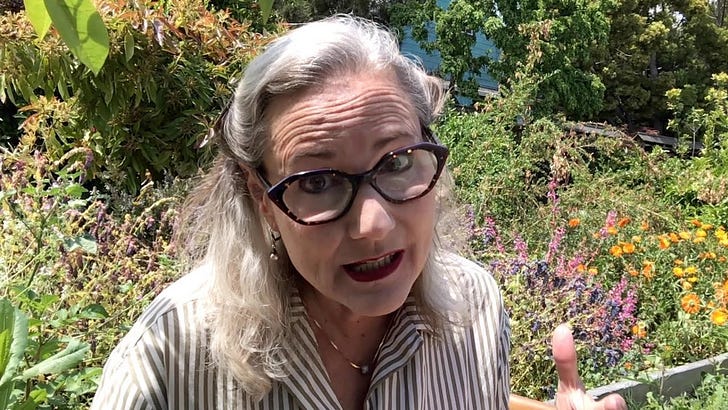


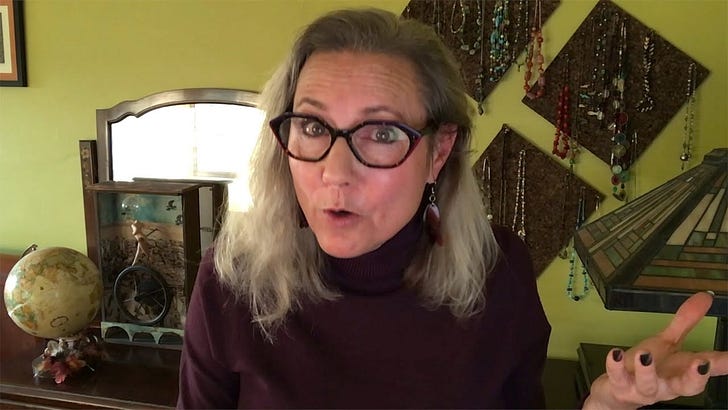
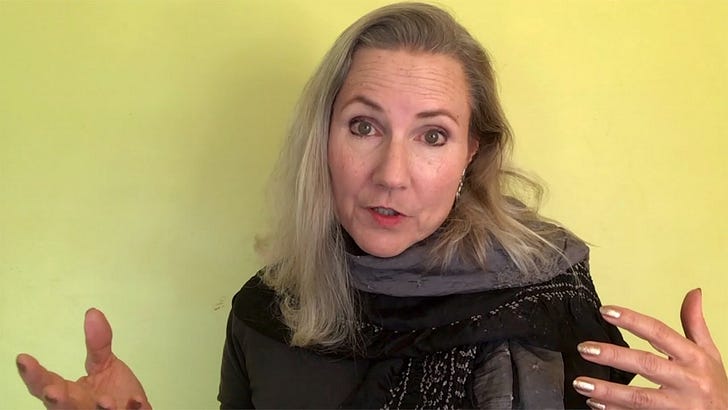
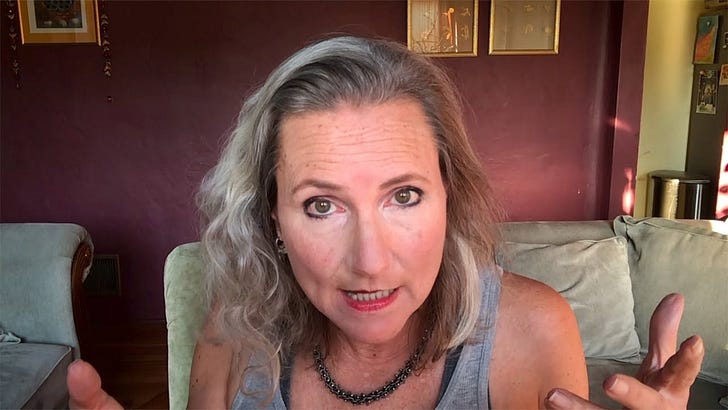
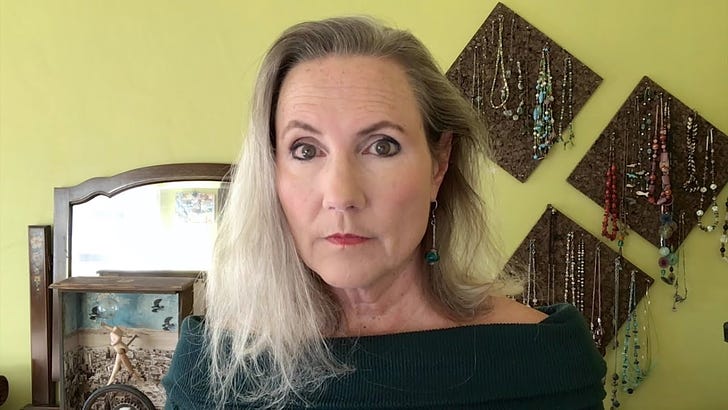
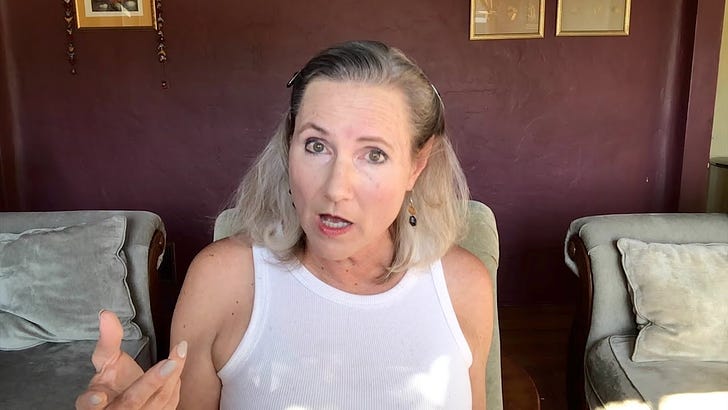
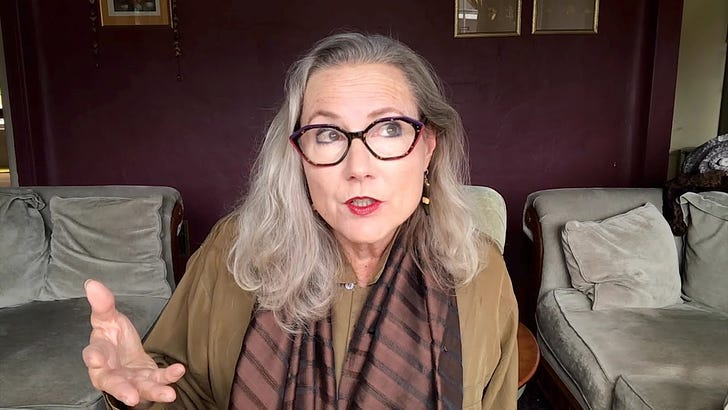
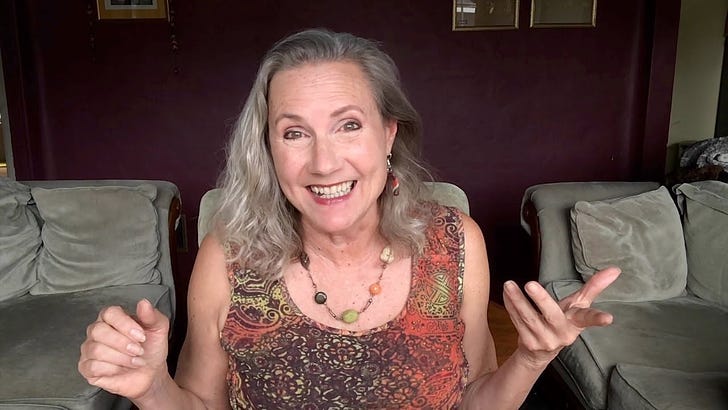
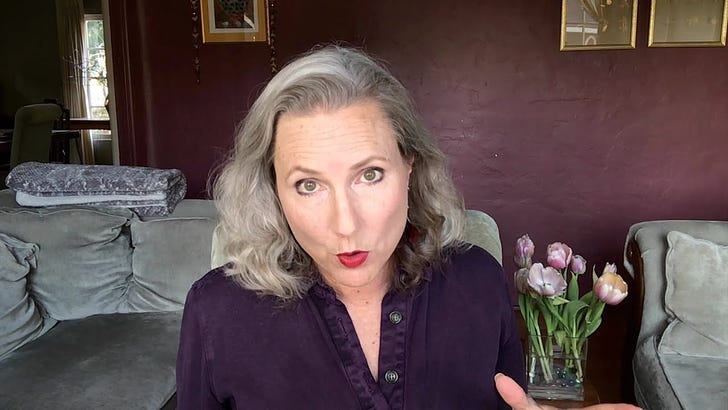
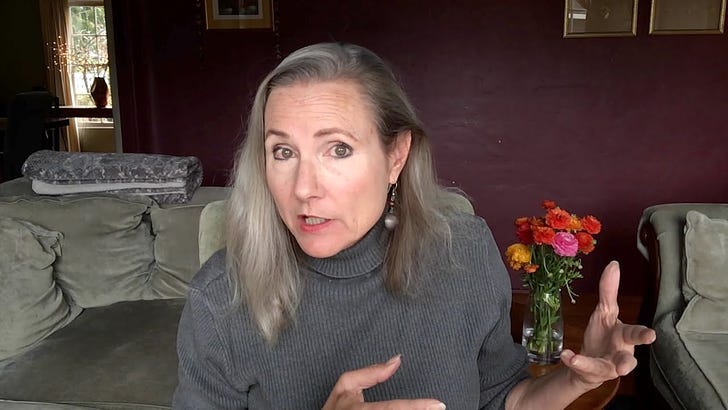
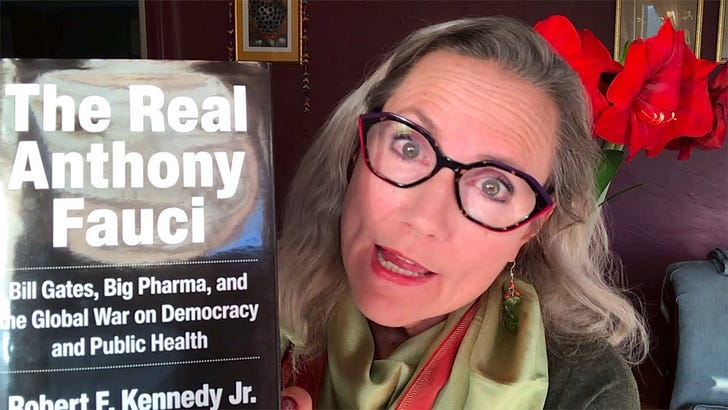
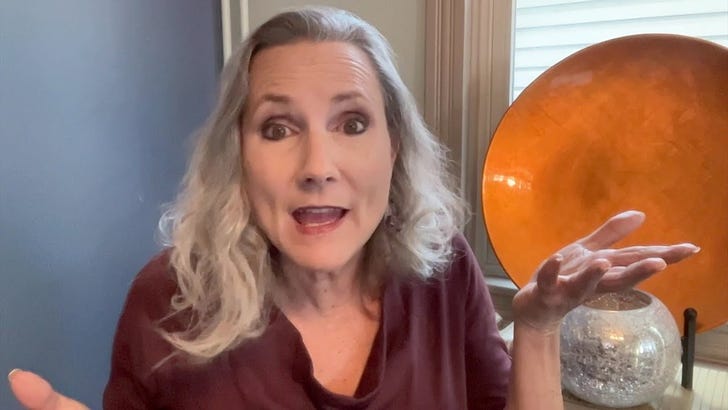
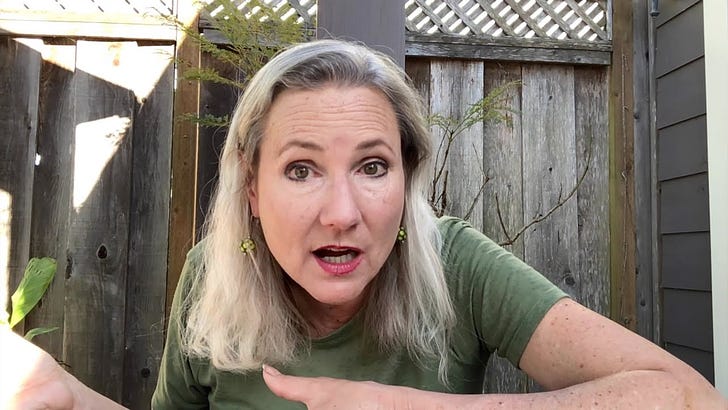
I was just alerted to this. George includes a clip of my video with "I love it when truth is combined with humor. Americans will forgive it if you own up to your mistakes and ask for forgiveness, but not when you project them on innocents and wallow in self pity. Malone buried HCQ and ignored Ivermectin. The Breggins should not be the whipping post, defenseless grandparents for Malone’s colossal incompetence with DOMANE."
https://twitter.com/RealGeorgeWebb1/status/1668579143301070853
One of the several moments that redirected the vector that was my opinion of Malone, and to start to look at deeper dives on him, was the way the Malones bragged about their $600k in Substack subscriptions when my wife and I ate lunch privately with them during the CHD conference in October. I don't give up my observations quickly, but I felt the private lunch was meant to flatter me. More to the point, between then and now, the Malone's wrote something to the effect of, "It's not like this is a million dollar Substack," and, "This isn't a good business model."
Right now I think that the Malones are cracking a bit with "character development" in their own personal science fiction. The macho commentary and dancing around "victim mentality" and uncomfortable laughs that I hear from Robert in every interview lately strike me as the result of breaking while too carefully choosing all virtues/strengths at once.
So, you know...Who is Robert Malone?